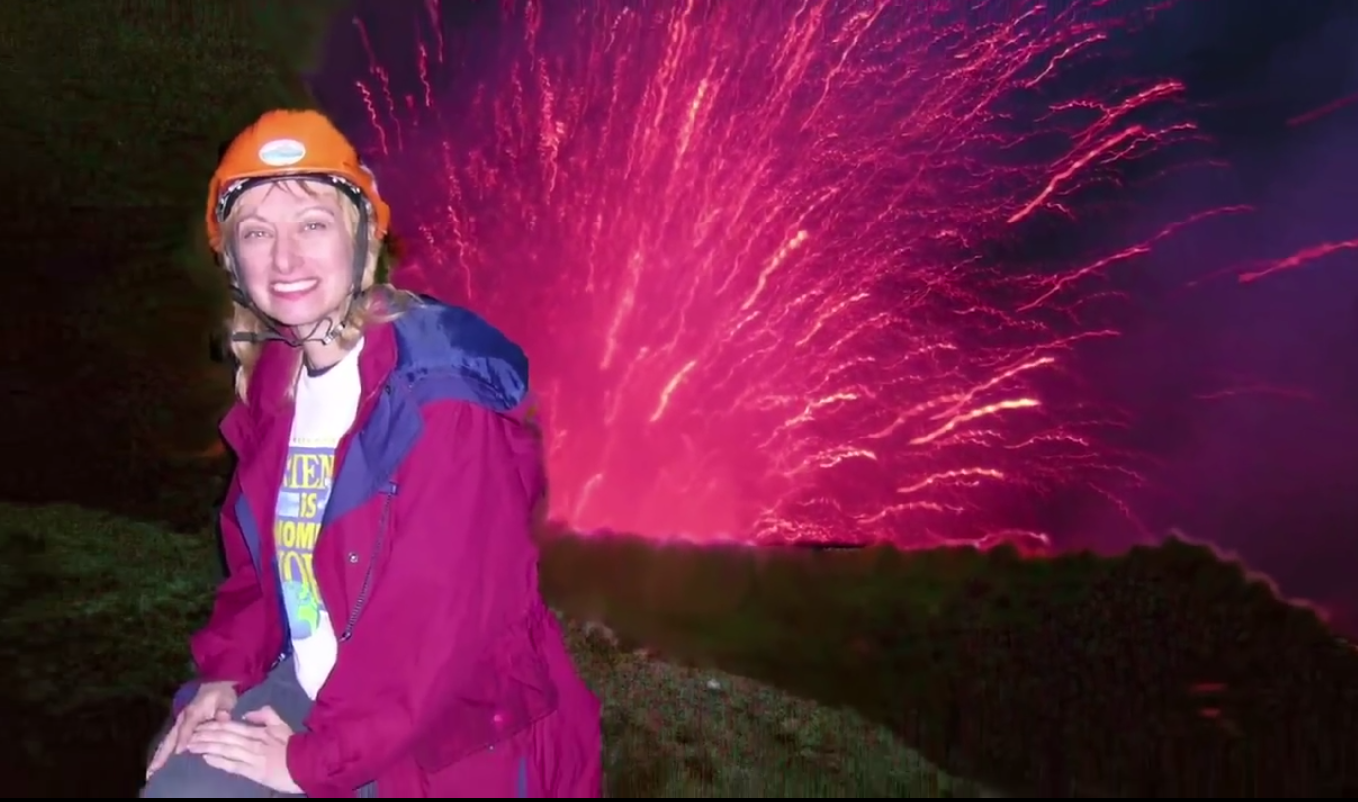
Rosaly Lopes
Senior Research Scientist - Jet Propulsion Laboratory
University College, University of London, UK
Ph.D. Planetary Science (1986)
University College, University of London, UK
B.S. Astronomy (1978)
Rio de Janeiro, Brazil. More specifically, I grew up near the famous beach, Ipanema.
I was four years old when I heard my parents talking about a Russian guy who had gone into space. I didn't even know where Russia was, but I liked the idea of going into space. As I was growing up, I followed everything I could about the space program. I loved the movie "2001: A Space Odyssey" and dreamed of the day when we could all go into space.
NASA/JPL-Caltech
After reading about a woman who worked for NASA, I wanted to become an astronomer for NASA. Then, years later, I saw my first volcano erupt, and that changed my mind forever. I was on Mount Etna in Sicily in July of 1979 when the volcano started erupting. The active crater had a beautiful fire fountain spurting red lava about 30 to 50 feet (9 to 15 meters) up into the air. It was the most beautiful spectacle, and I was hooked on volcanoes from then on. I studied astronomy at the University of London, and I got my doctorate in planetary science in 1986.
I have been at the Jet Propulsion Laboratory (JPL) since 1989, when I worked on the Galileo mission, studying volcanoes on Jupiter's moon, Io. I also worked on the Cassini mission on the RADAR team, analyzing data from Saturn's moon, Titan.
Dr. Lopes worked on the Cassini mission to Saturn from 2002 until 2018, as part of the Cassini Titan Radar Mapper Team. She is currently studying data acquired by Cassini, in particular, the geology and potential habitability of Saturn's largest moon, Titan as a Principal Investigator in NASA's Astrobiology Institute, leading an international team.
As a planetary scientist, I plan science observations of Saturn, its moons, and rings. My main interest in the Cassini mission was Saturn's largest moon Titan. The Synthetic Aperture (SAR) data from the RADAR instrument show that Titan has volcanic features, but not like silicate volcanism on the Earth or Io. Titan's flows and other volcanic features are likely the result of ice volcanism.
Study hard and do what you love, then it doesn't feel like work.
I guess [the first man in space] Yuri Gagarin inspired me first, followed by other astronauts and cosmonauts. Then during the Apollo 13 crisis, I read about a woman who worked for NASA, Frances Northcutt. She is not well known, but she showed me that women could work for NASA in science and engineering and help the space program.
Getting the Carl Sagan medal in 2005 for my public outreach efforts was the proudest moment of my career. My mother, sister, and son came to Cambridge in England to see me get that medal.
I love traveling and exploring – particularly to volcanoes around the world – and have been to more than 50 countries.
Planetary science is a global profession.

